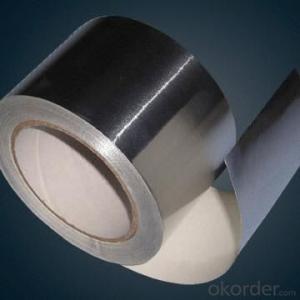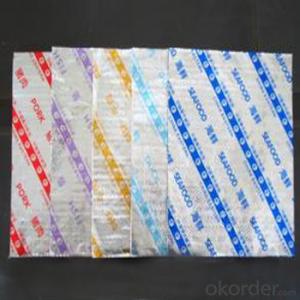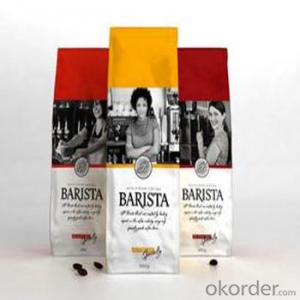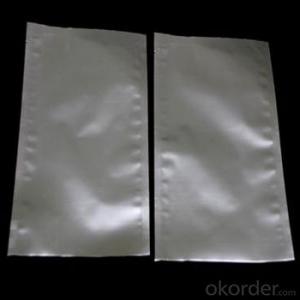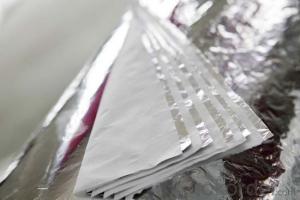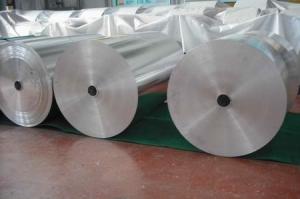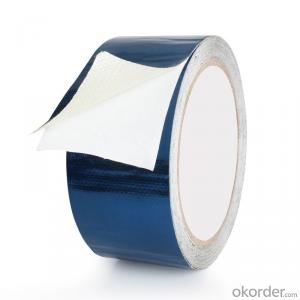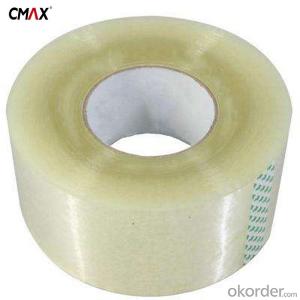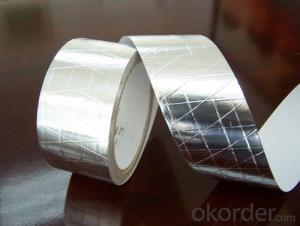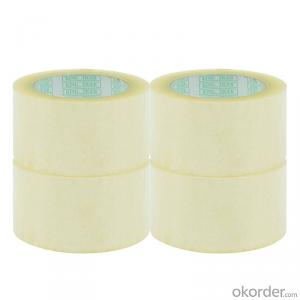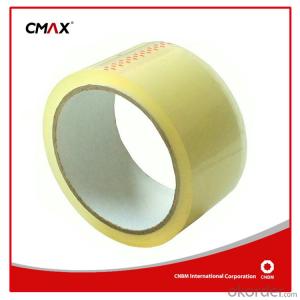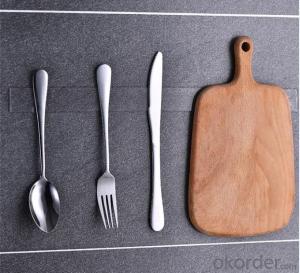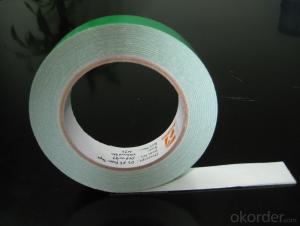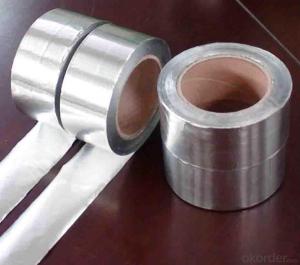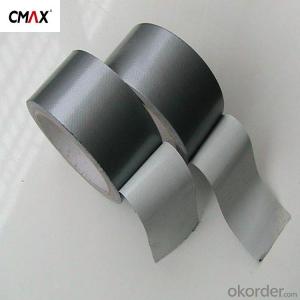Black Owned Aluminum Foil
Black Owned Aluminum Foil Related Searches
Led Light Bulbs For Ceiling Fixtures Led Lamps For Ceiling 42 In Ceiling Fan With Light Aluminum Coil Stock For Gutters Aluminum Foil For The Grill Hole Saw For Aluminum Plate Aluminum Tread Plate For Trailer Bow Plate For Aluminum Boat Aluminum Foil For Grow Room Aluminum Foil For Joint PainHot Searches
Stock Price For Aluminum Aluminum Coil Stock For Sale Aluminum Gutter Coil For Sale Used Aluminum Scaffolding For Sale 1/4 Aluminum Plate For Sale Aluminum Bar Stock For Sale Aluminum Round Stock For Sale Aluminum Diamond Plate For Sale Aluminum Scaffolding For Sale Craigslist 6061 Aluminum Plate For Sale Aluminum Dock Plate For Sale 7075 Aluminum Plate For Sale Aluminum Tread Plate For Sale Aluminum Checker Plate For Sale Aluminum Plate For Sale Near Me Plate Aluminum For Sale Aluminum Plate For Sale Aluminum Square Stock For Sale Aluminum Flat Stock For Sale Billet Aluminum Stock For SaleBlack Owned Aluminum Foil Supplier & Manufacturer from China
Okorder.com is a professional Black Owned Aluminum Foil supplier & manufacturer, offers integrated one-stop services including real-time quoting and online cargo tracking. We are funded by CNBM Group, a Fortune 500 enterprise and the largest Black Owned Aluminum Foil firm in China.Hot Products
FAQ
- Yes, packaging tape can be used for sealing pharmaceutical or medical supplies. However, it is important to note that not all packaging tapes are suitable for this purpose. It is recommended to use packaging tapes that are specifically designed for medical or pharmaceutical applications. These tapes are often made of materials that provide a strong and secure seal, ensuring the integrity and safety of the contents. Additionally, medical or pharmaceutical packaging tapes may also feature special attributes such as tamper-evident properties or sterilization indicators to meet the specific requirements of these industries.
- Acrylic packaging tape is a type of adhesive tape that is made from a water-based acrylic adhesive. It offers a strong bond and is ideal for sealing cardboard boxes and other packaging materials. It has good temperature resistance and performs well in a wide range of temperatures. On the other hand, hot melt packaging tape is made from a synthetic rubber adhesive that is melted and applied to the tape during the manufacturing process. It provides an instant and aggressive bond, making it suitable for heavy-duty packaging and sealing applications. Hot melt tape offers excellent adhesion to various surfaces, including corrugated cardboard and plastic. In summary, the main difference between acrylic and hot melt packaging tape lies in their adhesive composition and application process. Acrylic tape uses a water-based adhesive, while hot melt tape uses a rubber-based adhesive that is melted. Additionally, hot melt tape provides a stronger initial bond and is often used for heavy-duty packaging needs.
- The purpose of packaging tape is to securely seal boxes and packages to prevent them from opening during transit, protecting the contents from damage and ensuring safe delivery.
- Transparent sealing tape 48mm*60y what do you mean?
- 48mm is the width of the tape; 60y is the number of turns
- Packaging tape is generally considered safe when used on painted surfaces or walls. However, it is crucial to exercise caution and employ proper techniques to minimize the risk of potential damage. To ensure that the tape does not peel off or harm the paint, it is advisable to first test a small, inconspicuous area before applying it. Moreover, it is recommended to remove the tape gently and slowly to avoid any paint peeling or residue. In cases where the paint is delicate or the tape has been left on for a prolonged period, there is a slight possibility of minor damage such as slight paint discoloration or removal. Therefore, it is always wise to handle packaging tape with care and take necessary precautions to safeguard the painted surfaces or walls.
- Yes, packaging tape can be transparent. Many types of packaging tape are made from clear materials such as polypropylene or acrylic, allowing them to be see-through. This transparency is beneficial as it allows users to easily see the contents of a package without having to open it. Additionally, transparent packaging tape is often preferred in situations where a clean and professional appearance is desired, as it blends in well with various types of packaging materials. However, it is important to note that not all packaging tapes are transparent, as there are also colored or printed options available for specific purposes or branding needs.
- Absolutely, packaging tape is perfect for bundling various items together. It serves as a reliable means to firmly secure and hold multiple objects, particularly when engaged in shipping or relocating. Engineered to possess strength and dependability, packaging tape ensures a steadfast grip that effectively keeps items tightly bundled. Frequently employed for the purpose of bundling boxes, packages, or any other items necessitating cohesion during transportation or storage.


















